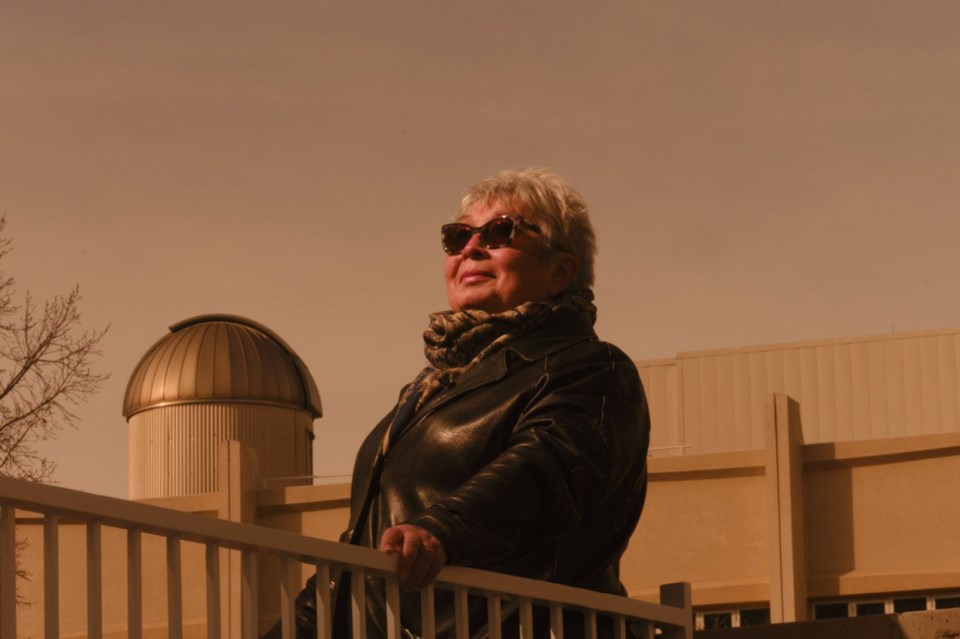Scientists should always have more questions than answers. It’s the main kernel of advice Tim Haltigin gives for any aspiring astronaut.
The Canora native knows a thing or two about curiosity: A planetary scientist by training, he’s a mission designer with the Canadian Space Agency (CSA); his latest project is sample collection and research on Mars, part of NASA’s Perseverance rover mission, which landed a probe on the red planet in February.
“Science is not always about finding answers. It’s actually about finding better questions. I think curiosity is the most important quality you can develop,” Haltigin said in a recent interview.
The other important thing — have fun.
“Science is so often mischaracterized as being very rigid and very serious and no one can make mistakes,” he said. "We make mistakes all the time and we learn from them and we get better. Don’t worry about being perfect.”
Though he now lives in the Montreal area and earned his PhD at McGill University, Haltigin and his mom, Linda Osachoff, both concede his childhood home near Canora had a big influence on him.
She recalls how her son would often be enamoured with the expansive, prairie night sky and its seemingly endless stars.
“He’d spend hours out there at night, looking at the stars,” she said.
The two of them said the family farm afforded that opportunity, which might be harder to come by for urban dwellers, especially on a daily basis.
Whenever Haltigin makes it back home for a family visit, he does the same thing, she said.
He and his colleagues at the CSA and NASA have now begun directing the rover probe, nicknamed Percy, to drill down into the planet’s surface using a two-metre arm.
Over two years, the plutonium-powered machine will collect 36 to 48 rock samples, all the size of a piece of chalk. Those will be sealed in tubes, to be picked up and delivered back to Earth by a fetch rover, ideally by 2031.
“I’ve been involved with (the project) since 2014. This has been a long time in the making. To see it land on Mars is so tremendously exciting,” he said.
Assuming the mission is successful, his team is to study rocks as old as four billion years. At that time, Mars’ “atmosphere was a lot thicker; there was liquid water at the surface and the conditions were a lot more favourable for life as we know it,” Haltigin said. He hopes to understand what Mars was like then, “if life arose and if we can find signs of life.”
For comparison, Earth is 4.5 billion years old; scientists agree the big bang happened about 14 billion years ago.
His mom says she’s proud of her son’s work and accomplishments. “There’s a quiet pride. There’s also a huge acknowledgement of truly the village it takes to raise any child,” Osachoff said of Canora.
“I’m (also) very proud of the married man and father that he his.”



